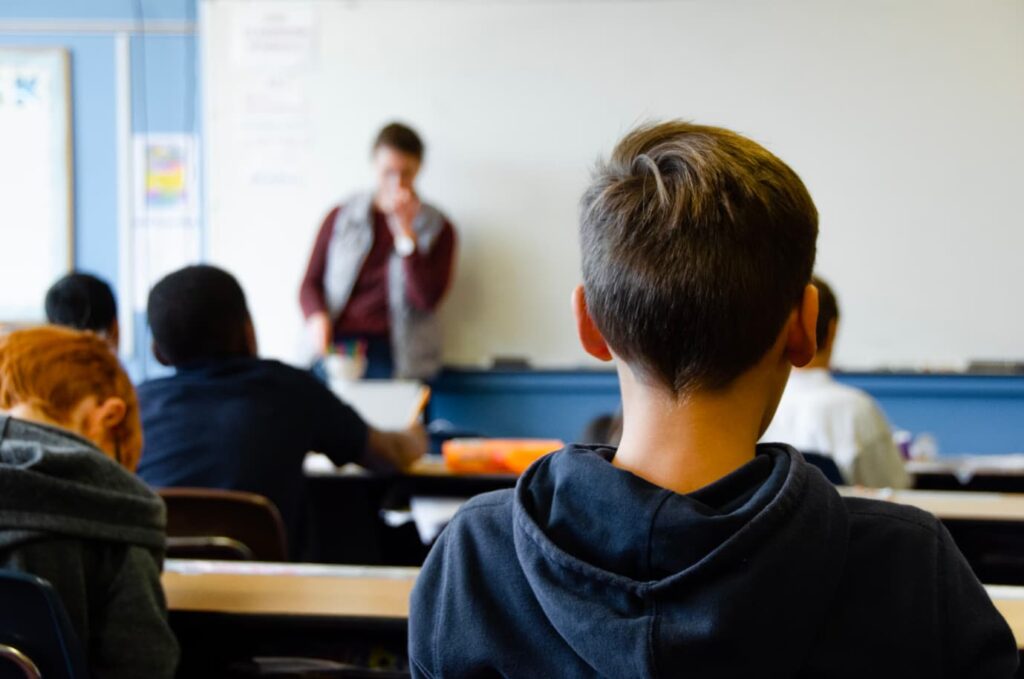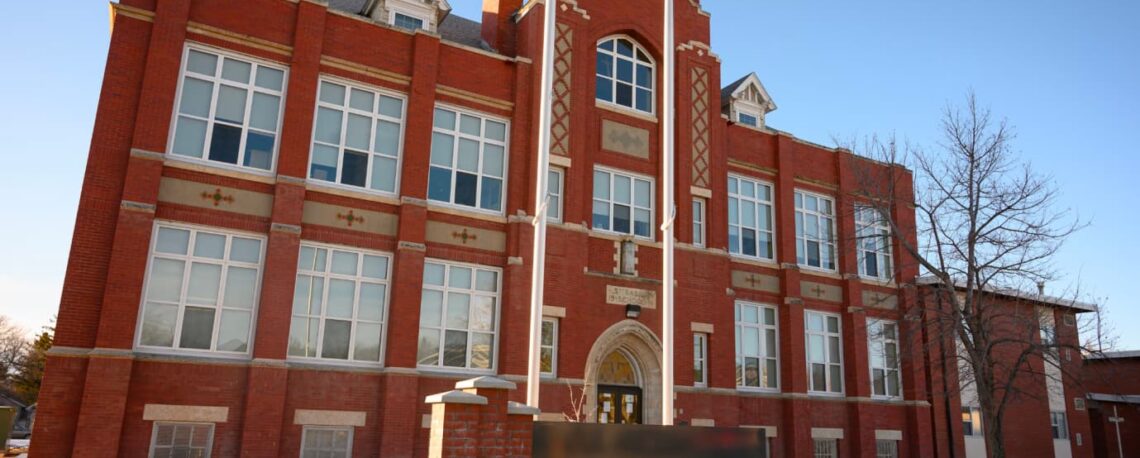The quality and impact of Catholic education are subjects of ongoing debate, particularly in the United States and the United Kingdom. This article explores the reasons behind the criticisms of Catholic schools, aiming to shed light on various concerns raised by parents, educators, and students alike.
We will examine critical issues such as curriculum limitations, impacts on social and cultural values, financial barriers, and the overall effect on student well-being and academic performance. The arguments presented will delve into why some view Catholic schools as potentially hindering students’ holistic development and academic advancement.
This insightful analysis is geared towards those evaluating educational options, educators seeking broader understanding, or individuals curious about the dynamics of educational systems. Read on to discover the compelling reasons behind the stance that “Catholic school is bad,” and gain a nuanced perspective on this complex educational debate.
Historical Context of Catholic Education
The historical context of Catholic education is crucial in grasping why some perceive it as inadequate in the modern educational landscape.
Origins and Evolution in the US
In the United States, Catholic schools have a deep-rooted history beginning in the colonial era, primarily serving immigrant communities. While praised for instilling discipline and moral values, they often face criticism for a lack of flexibility and modernization. This reluctance to adapt to evolving educational trends and societal shifts contributes to the perception that Catholic school is bad in the US.
Catholic Education in the UK
The Catholic school system in the UK, established in the 19th century, initially aimed to provide religious education in a predominantly Anglican society. Despite their strong community values, these schools have been criticized for isolating students from wider societal perspectives. This isolation is a significant factor in the viewpoint that Catholic school is bad in the UK, as it limits students’ exposure to diverse experiences and viewpoints.

Curriculum and Educational Approach
Catholic schools in both the US and UK are known for their structured curriculum with a strong focus on religious education. This focus, however, often leads to criticisms regarding the narrow scope of their educational offerings.
In subjects like science and social studies, where a secular approach might offer broader perspectives, the limited curriculum can be seen as a drawback, reinforcing the belief that Catholic school is bad in both regions.
Teaching Methodology Concerns
The teaching methodologies employed in Catholic schools also come under scrutiny. While these schools traditionally emphasize discipline and respect for authority, some argue that this can stifle creativity and critical thinking.
There is a growing concern that the emphasis on rote learning and adherence to traditional teaching methods may not adequately prepare students for the challenges of the modern world, where innovative thinking and problem-solving skills are increasingly valued.
Social and Cultural Impact
Catholic schools are often critiqued for their influence on diversity and social inclusion. Rooted in Catholic values, these schools may create a uniform environment that limits exposure to diverse cultures and viewpoints, contributing to the perception of why Catholic schools are bad when it comes to fostering diversity and inclusion. Critics express concern about students’ preparedness for a multicultural world.
Gender Roles and Expectations
Catholic schools also face criticism for reinforcing traditional gender roles. Their conservative stance on gender issues, reflected in policies and curriculum, may encourage stereotypical gender expectations, hindering the advancement of progressive and egalitarian gender perceptions among students.
Financial and Accessibility Issues
Why are catholic schools bad? One of the major criticisms of Catholic schools is the economic barrier they pose to education. Tuition and associated costs can be prohibitive for many families, limiting access to those who can afford it.
This financial aspect often results in a lack of diversity within the student body, as only families from certain economic backgrounds can bear the costs. Such economic barriers raise questions about the inclusivity and fairness of Catholic education, especially in societies that value equal educational opportunities for all.
Student Well-being and Development
The well-being and overall development of students in Catholic schools is a critical area of focus, particularly regarding their psychological effects and the influence of the school environment.
Psychological Impact on Students
Catholic education’s psychological impact on students is a subject of much discussion. These schools’ emphasis on religious doctrine and moral conformity can lead to a unique set of psychological pressures. Students might experience stress or anxiety if their beliefs or behaviors do not align with the school’s teachings. Additionally, the lack of a diverse ideological environment can impact students’ ability to develop independent thought and critical thinking skills, potentially affecting their emotional and intellectual growth.
Restrictive Environment and Student Growth
The often restrictive environment of Catholic schools is another factor that may influence student growth and development. The emphasis on discipline and adherence to traditional values can create an atmosphere that limits students’ exploration of new ideas and self-expression.
This environment may hinder the development of essential life skills such as creativity, problem-solving, and adaptability, which are crucial for success in the rapidly changing modern world.
Performance and Academic Outcomes
Academic performance and future opportunities for Catholic school students are complex and debated topics.
Academic Achievement Comparison
Comparisons between Catholic and non-Catholic schools show varied academic results. Some suggest Catholic schools perform well in certain areas and tests. Yet, critics point out these don’t fully consider socioeconomic and demographic factors. Furthermore, a less diverse curriculum might limit students’ readiness for various academic and career challenges.
Post-Education Opportunities
The future prospects for Catholic school graduates are scrutinized. Despite high college acceptance rates, questions arise about the range of opportunities, especially in secular or innovative fields. The religiously focused curriculum might not fully align with modern educational and professional demands, potentially narrowing graduates’ career options in a diverse job market.
Outro
In this article, we discussed several important issues, such as limited curriculum choices, lack of diversity and inclusion, emphasis on traditional gender roles, high costs, and restrictive environments that can impact student development.
We also looked at the psychological effects on students and possible limits on their opportunities after school. All these points add to the ongoing discussion about Catholic education, showing the importance of regularly re-evaluating and updating these schools better to serve today’s diverse student needs and societal expectations.
